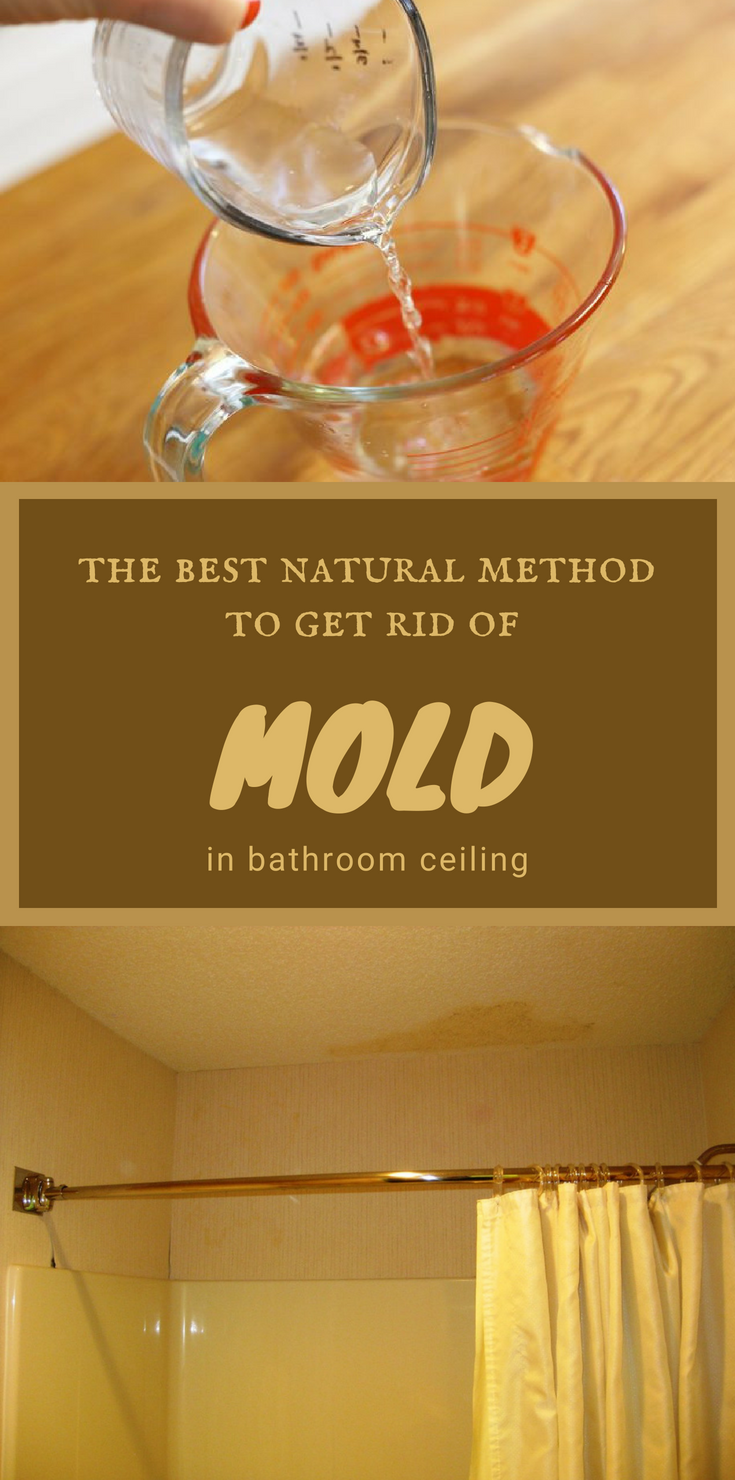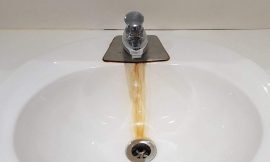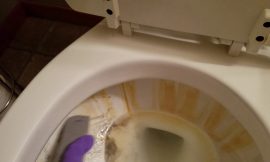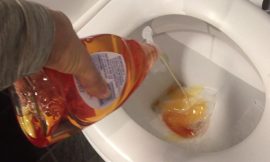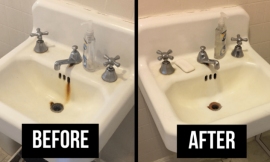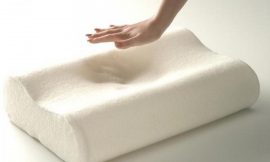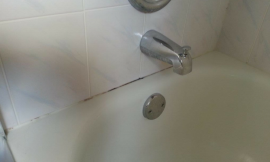Bathroom ceiling mold seems to constantly appear even if you clean your bathroom intensively? It is not enough to simply clean it every time. You also have to actually kill the fungus that is still present in your bathroom. If your bathroom ceiling is around ten square feet or less, you can deal with the mold problem easily. For a proper cleaning, just follow the instructions below.
First off, you will have to protect yourself. That is why you will need some gloves, protective goggles and a dust mask.
Secondly, before beginning the procedure, make sure to close off vents so mold spores cannot spread around the room. Also, open a window to avoid intoxication.
1. Cleaning The Mold From Bathroom Ceiling
For this, you will have to wash the area with a DIY solution. This consists of a mixture of mild detergent, tea tree oil, and warm water. After you apply this to the ceiling, let it dry on the surface. Now, prepare a mixture of a one-quarter cup of hydrogen peroxide with one quart of water. Apply it to the ceiling. Let it sit there for half an hour and then make sure you apply the second layer. After applying the second layer, allow half on hour to dry.
2. After cleaning, get rid of bathroom ceiling mold source
Hence, you will also need to treat the ceiling after cleaning so the mold won’t come back. That’s how you will kill any remaining fungus spores. For this, you have to apply Borax to cover all the ceiling surface. You don’t need to rinse it because the Borax has stain removal properties and helps control bacteria and fungi.
3. Make sure there are proper conditions in your bathroom
Cleaning and eliminating the mold source is not enough. You will also need to make sure you check everything in your bathroom that might bring moisture back. If there are any places or surface where moisture is present, the mold will show up again. That’s why it’s important to remove the moisture problem too. For this, find the reason why moisture gathers in your bathroom. Some of the culprits you should check:
– water leaks
– plumbing leaks
– wrapped pipes
– ventilation
